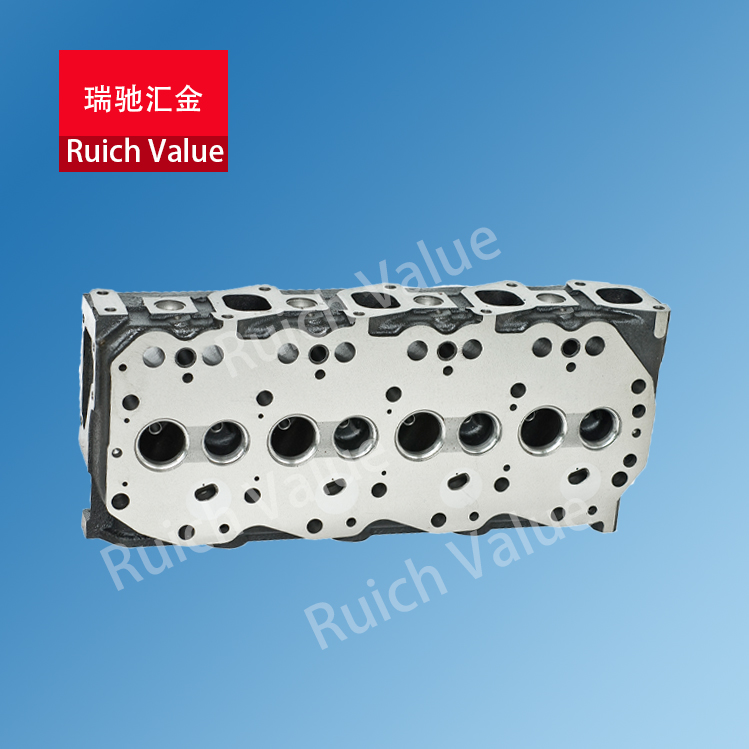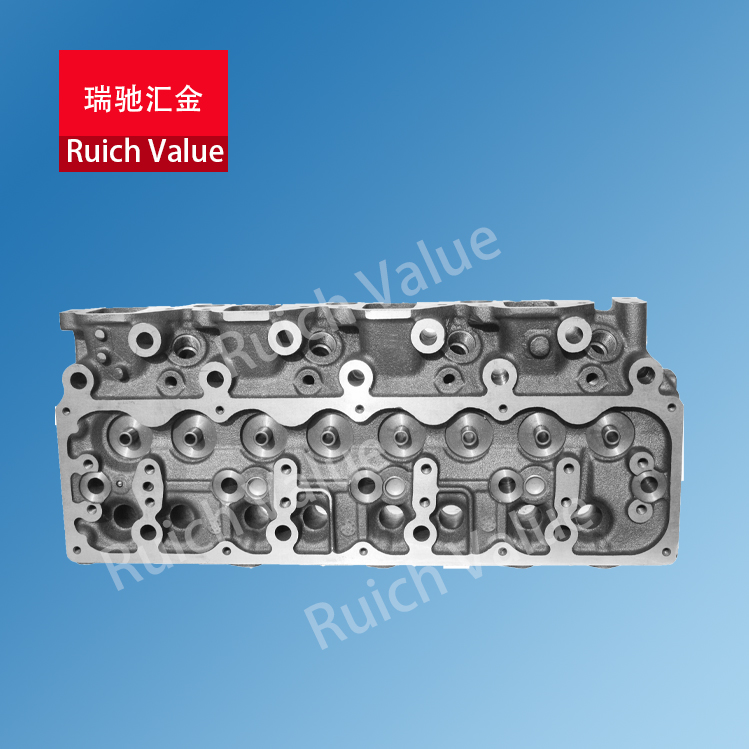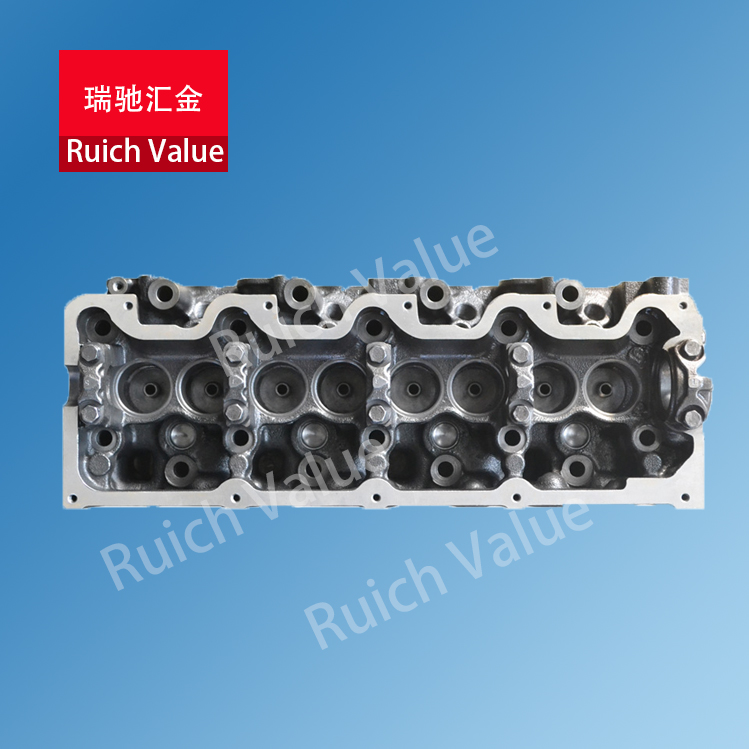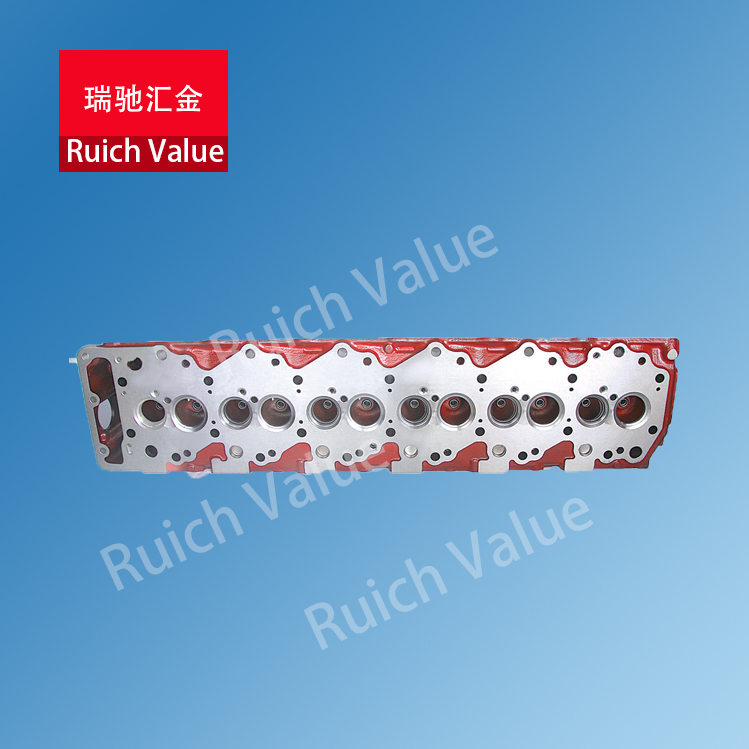Welcome to the world of precision engineering and unrivaled performance, brought to you by Ruich Value, your trusted partner for top-quality engine components. In this in-depth guide, we’ll delve into the core of your engine—the Mitsubishi Fuso 4D30 Cylinder Head, addressing common challenges and ensuring your engine runs at its best.
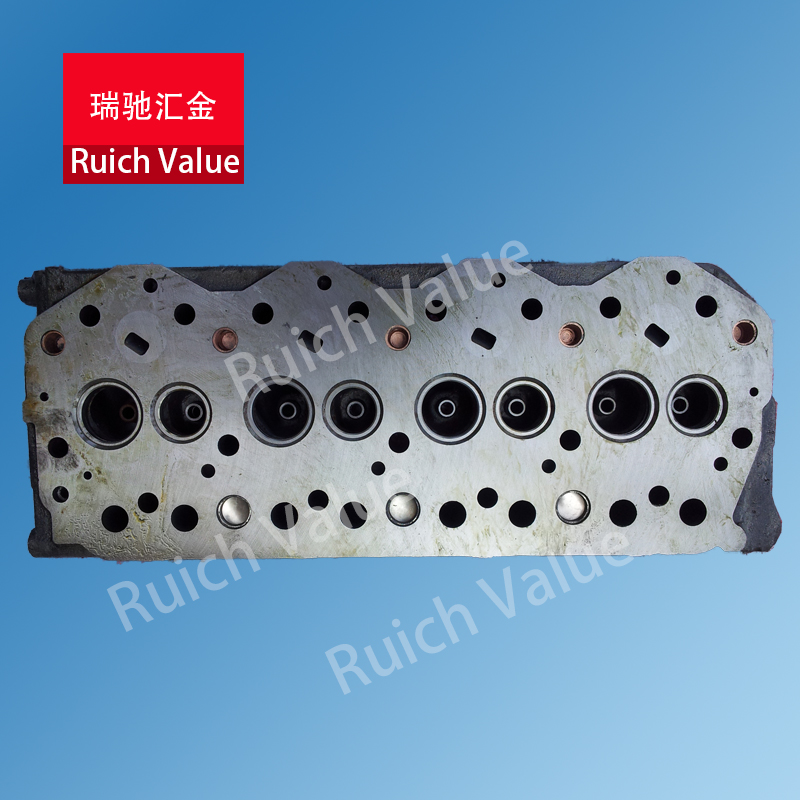
Table of Contents
- The Crucial Role of the Cylinder Head
- Choosing the Right Materials
- Recognizing Signs of Trouble
- Understand the Common Challenges
- Proactive Maintenance: Your Engine’s Best Friend
- Ruich Value’s Commitment to Quality
- Practical Solutions and Next Steps
- Conclusion: Elevate Your Engine’s Performance
The Crucial Role of the Cylinder Head
The cylinder head is the unsung hero within your engine, orchestrating the symphony of combustion, airflow, and sealing. In the context of the Mitsubishi Fuso 4D30 engine, the cylinder head’s precision and quality are non-negotiable.
Choosing the Right Materials
The clear answer is that when choosing materials for a cylinder head, it’s crucial to prioritize durability, heat resistance, and compatibility with the engine’s specifications. For the Mitsubishi Fuso 4D30 Cylinder Head, materials like high-quality aluminum alloys are often preferred due to their lightweight nature, excellent heat dissipation properties, and resistance to corrosion.
Recognizing Signs of Trouble
Recognizing signs of trouble with the cylinder head is essential for timely diagnosis and resolution of issues. Here’s a detailed list:
Signs of Trouble with the Cylinder Head
| Sign of Trouble | Description |
|---|---|
| Overheating | Engine temperature rises significantly beyond normal levels. |
| Loss of Compression | Reduced power and performance due to compression leakage. |
| Abnormal Engine Noise | Unusual knocking, tapping, or clicking sounds from the engine. |
| White Smoke from Exhaust | Indicates coolant entering the combustion chamber. |
| Engine Misfires or Stalling | Irregular engine operation, including stalling or misfires. |
| Oil Contamination in Coolant | Oil mixing with engine coolant, resulting in a milky texture. |
| Coolant Leakage | Visible coolant leaks around the cylinder head area. |
| Rough Idling | Unsteady engine idling, often accompanied by vibrations. |
| Poor Fuel Efficiency | Reduced mileage due to combustion inefficiency. |
| Reduced Power Output | Engine struggles to produce expected power. |
| Visible Damage or Cracks | Physically inspecting the cylinder head for visible damage. |
Recognizing these signs promptly allows for a targeted approach to addressing cylinder head issues, ensuring the engine’s optimal performance and longevity.
Understand the Common Challenges
In the world of engines, even the most reliable components can face challenges over time. Let’s explore the specific challenges that vehicle owners may encounter with their Mitsubishi Fuso 4D30 Cylinder Head:
1. Overheating
Overheating is a common issue that can plague cylinder heads. It occurs when the engine temperature rises significantly beyond normal levels. This excess heat can lead to warping, cracking, and ultimately, engine damage. Overheating often stems from coolant leaks, a malfunctioning thermostat, or a faulty radiator.
2. Loss of Compression
A loss of compression is a telltale sign of trouble with the cylinder head. When compression leaks occur, the engine loses power and performance. It can manifest as sluggish acceleration, reduced fuel efficiency, and an overall lack of power. Compression loss often results from worn-out piston rings or damaged valves within the cylinder head.
3. Abnormal Engine Noise
Unusual sounds emanating from the engine can be a clear indication of cylinder head issues. These sounds may include knocking, tapping, or clicking noises that are out of the ordinary. Such abnormal engine noise can be attributed to damaged valve lifters, worn camshafts, or improperly adjusted valve clearances.
4. White Smoke from Exhaust
The presence of white smoke billowing from the exhaust is a cause for concern. It typically indicates that coolant is entering the combustion chamber, where it should not be. This phenomenon can result from a cracked cylinder head or a damaged head gasket, leading to coolant combustion and the emission of white smoke.
5. Engine Misfires or Stalling
Engine misfires or stalling can be frustrating and dangerous. These irregularities in engine operation may include sudden stops, rough idling, or hesitation during acceleration. Cylinder head issues, such as damaged spark plug threads or valve problems, can trigger misfires and stalling.
6. Oil Contamination in Coolant
When you notice a milky texture in your engine coolant, it’s a sign of oil contamination. This can occur when engine oil mixes with coolant due to a failing cylinder head gasket. Oil and coolant should remain separate, and their mixing can lead to engine damage.
7. Coolant Leakage
Coolant leakage around the cylinder head area is an obvious red flag. It can result from a damaged cylinder head gasket or a cracked cylinder head itself. Such leaks not only compromise engine performance but also risk overheating and serious damage.
8. Rough Idling
A steady engine idle is essential for smooth operation. When you experience rough idling, characterized by unsteady engine speed and vibrations, it may indicate issues with the cylinder head, such as valve problems or improper clearance adjustments.
9. Poor Fuel Efficiency
Reduced mileage due to poor fuel efficiency can be attributed to combustion inefficiencies stemming from cylinder head problems. These inefficiencies lead to increased fuel consumption and lower overall performance.
10. Reduced Power Output
Your engine may struggle to produce expected power when the cylinder head is compromised. Reduced power output can affect your vehicle’s ability to accelerate, tow, or carry heavy loads, impacting overall performance.
11. Visible Damage or Cracks
Sometimes, visual inspection can reveal visible damage or cracks on the cylinder head’s surface. These can be signs of structural issues or external damage that require immediate attention.
Recognizing these specific challenges promptly allows for a targeted approach to addressing cylinder head issues, ensuring the engine’s optimal performance and longevity.
Proactive Maintenance: Your Engine’s Best Friend
Regular maintenance is your engine’s lifeline. We’ll emphasize the importance of proactive maintenance, providing you with actionable tips to ensure your 4D30 cylinder head remains in peak condition.
Ruich Value’s Commitment to Quality
Ruich Value is your dedicated partner in delivering high-quality 4D30 cylinder heads. Discover our unwavering commitment to precision, performance, and durability.
Explore our range of 4D30 cylinder heads now and elevate your engine’s performance.
Practical Solutions and Next Steps
Have you encountered cylinder head issues? Fear not. We offer practical solutions and step-by-step guidance without reiterating the term “troubleshooting.” You’ll be equipped to address these issues effectively or seek professional assistance.
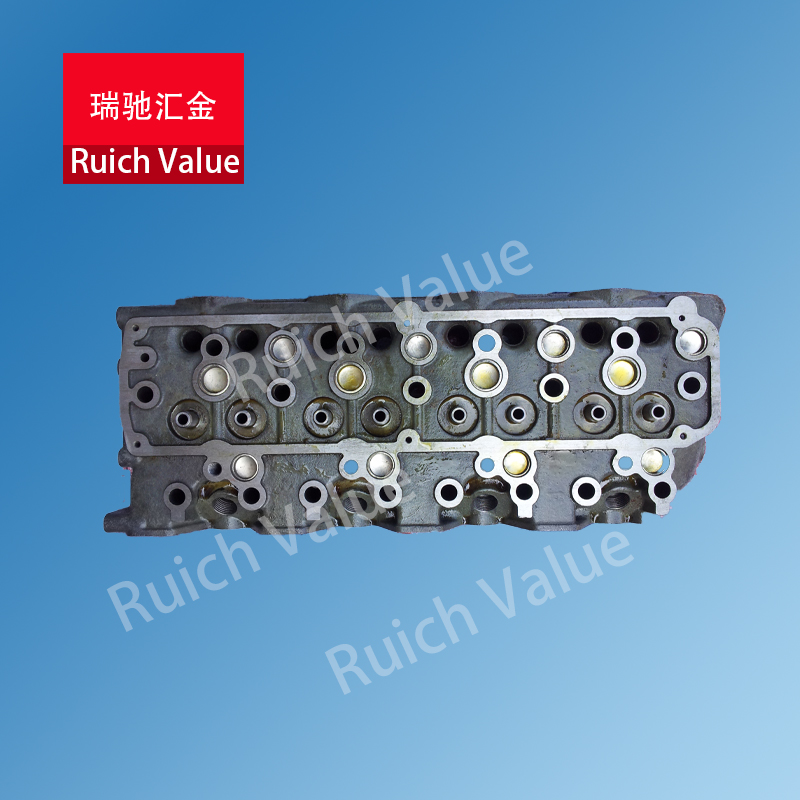
Conclusion: Elevate Your Engine’s Performance
In the intricate world of engines, the Mitsubishi Fuso 4D30 Cylinder Head holds a pivotal role. It’s time to give this unsung hero the attention it deserves. Don’t compromise on performance; choose Ruich Value’s premium 4D30 cylinder heads.
Frequently Asked Questions
How much horsepower does a 4D33 engine have?
The 4D33 engine typically produces between 120 to 140 horsepower, depending on the specific model and configuration.
How many cc is a 4D30 engine?
The 4D30 engine boasts a 3.3-liter capacity, approximately 3,298 cc (cubic centimeters).
What is the engine spec of the 4D33?
The 4D33 engine is a four-cylinder diesel engine renowned for its reliability and durability, making it a preferred choice for various commercial vehicles.
What are the 4 types of cylinder heads?
Cylinder heads come in four primary types:
- Flathead
- Overhead Valve (OHV)
- Single Overhead Cam (SOHC)
- Dual Overhead Cam (DOHC)
Please note that these FAQs offer general information and specifications. For specific details about the 4D33 engine or cylinder heads, we encourage you to contact Ruich Value’s knowledgeable team.
This blog post is proudly brought to you by Ruich Value, a trusted source for premium engine components. For further information, visit our website’s Contact Us page to get in touch.

